Sidusglacies - ⚡️
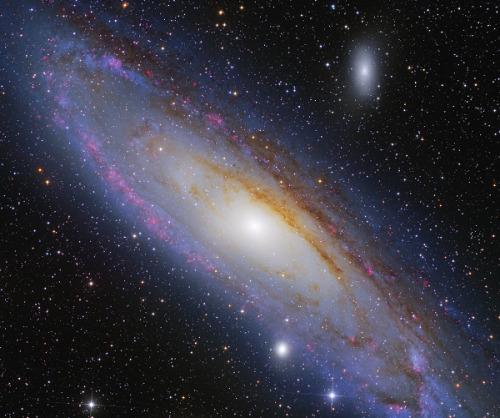
More Posts from Sidusglacies and Others

Saturn as seen from its moon Enceladus, illustrated by Chesley Bonestell, 1972.



source
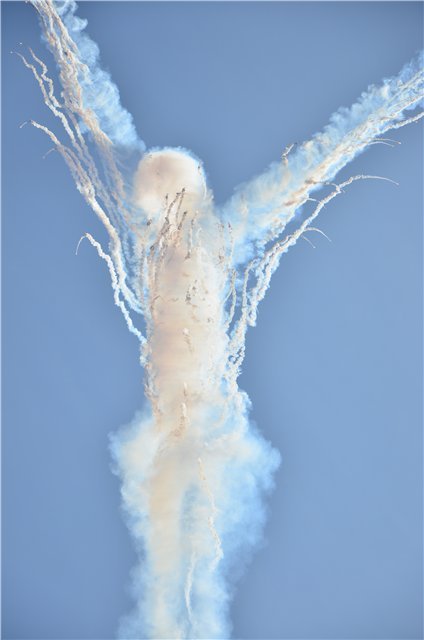
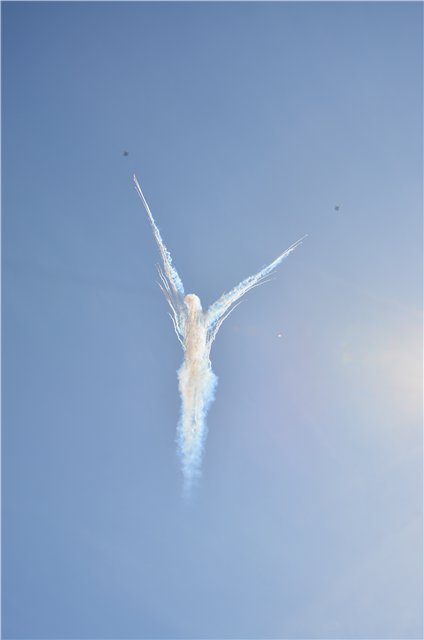















500,000 Suns by Paul Blake

Saturn eclipses the Sun, seen from the Cassini Orbiter, 15.Sept.2006
via reddit

Fallstreak hole
A Tour of Storms Across the Solar System

Earth is a dynamic and stormy planet with everything from brief, rumbling thunderstorms to enormous, raging hurricanes, which are some of the most powerful and destructive storms on our world. But other planets also have storm clouds, lightning — even rain, of sorts. Let’s take a tour of some of the unusual storms in our solar system and beyond.
Tune in May 22 at 3 p.m. for more solar system forecasting with NASA Chief Scientist Jim Green during the latest installment of NASA Science Live: https://www.nasa.gov/nasasciencelive.

1. At Mercury: A Chance of Morning Micrometeoroid Showers and Magnetic ‘Tornadoes’
Mercury, the planet nearest the Sun, is scorching hot, with daytime temperatures of more than 800 degrees Fahrenheit (about 450 degrees Celsius). It also has weak gravity — only about 38% of Earth’s — making it hard for Mercury to hold on to an atmosphere.
Its barely there atmosphere means Mercury doesn’t have dramatic storms, but it does have a strange “weather” pattern of sorts: it’s blasted with micrometeoroids, or tiny dust particles, usually in the morning. It also has magnetic “tornadoes” — twisted bundles of magnetic fields that connect the planet’s magnetic field to space.

2. At Venus: Earth’s ‘Almost’ Twin is a Hot Mess
Venus is often called Earth’s twin because the two planets are similar in size and structure. But Venus is the hottest planet in our solar system, roasting at more than 800 degrees Fahrenheit (430 degrees Celsius) under a suffocating blanket of sulfuric acid clouds and a crushing atmosphere. Add to that the fact that Venus has lightning, maybe even more than Earth.
In visible light, Venus appears bright yellowish-white because of its clouds. Earlier this year, Japanese researchers found a giant streak-like structure in the clouds based on observations by the Akatsuki spacecraft orbiting Venus.

3. At Earth: Multiple Storm Hazards Likely
Earth has lots of storms, including thunderstorms, blizzards and tornadoes. Tornadoes can pack winds over 300 miles per hour (480 kilometers per hour) and can cause intense localized damage.
But no storms match hurricanes in size and scale of devastation. Hurricanes, also called typhoons or cyclones, can last for days and have strong winds extending outward for 675 miles (1,100 kilometers). They can annihilate coastal areas and cause damage far inland.

4. At Mars: Hazy with a Chance of Dust Storms
Mars is infamous for intense dust storms, including some that grow to encircle the planet. In 2018, a global dust storm blanketed NASA’s record-setting Opportunity rover, ending the mission after 15 years on the surface.
Mars has a thin atmosphere of mostly carbon dioxide. To the human eye, the sky would appear hazy and reddish or butterscotch colored because of all the dust suspended in the air.

5. At Jupiter: A Shrinking Icon
It’s one of the best-known storms in the solar system: Jupiter’s Great Red Spot. It’s raged for at least 300 years and was once big enough to swallow Earth with room to spare. But it’s been shrinking for a century and a half. Nobody knows for sure, but it’s possible the Great Red Spot could eventually disappear.

6. At Saturn: A Storm Chasers Paradise
Saturn has one of the most extraordinary atmospheric features in the solar system: a hexagon-shaped cloud pattern at its north pole. The hexagon is a six-sided jet stream with 200-mile-per-hour winds (about 322 kilometers per hour). Each side is a bit wider than Earth and multiple Earths could fit inside. In the middle of the hexagon is what looks like a cosmic belly button, but it’s actually a huge vortex that looks like a hurricane.
Storm chasers would have a field day on Saturn. Part of the southern hemisphere was dubbed “Storm Alley” by scientists on NASA’s Cassini mission because of the frequent storm activity the spacecraft observed there.

7. At Titan: Methane Rain and Dust Storms
Earth isn’t the only world in our solar system with bodies of liquid on its surface. Saturn’s moon Titan has rivers, lakes and large seas. It’s the only other world with a cycle of liquids like Earth’s water cycle, with rain falling from clouds, flowing across the surface, filling lakes and seas and evaporating back into the sky. But on Titan, the rain, rivers and seas are made of methane instead of water.
Data from the Cassini spacecraft also revealed what appear to be giant dust storms in Titan’s equatorial regions, making Titan the third solar system body, in addition to Earth and Mars, where dust storms have been observed.

8. At Uranus: A Polar Storm
Scientists were trying to solve a puzzle about clouds on the ice giant planet: What were they made of? When Voyager 2 flew by in 1986, it spotted few clouds. (This was due in part to the thick haze that envelops the planet, as well as Voyager’s cameras not being designed to peer through the haze in infrared light.) But in 2018, NASA’s Hubble Space Telescope snapped an image showing a vast, bright, stormy cloud cap across the north pole of Uranus.

9. At Neptune: Methane Clouds
Neptune is our solar system’s windiest world. Winds whip clouds of frozen methane across the ice giant planet at speeds of more than 1,200 miles per hour (2,000 kilometers per hour) — about nine times faster than winds on Earth.
Neptune also has huge storm systems. In 1989, NASA’s Voyager 2 spotted two giant storms on Neptune as the spacecraft zipped by the planet. Scientists named the storms “The Great Dark Spot” and “Dark Spot 2.”

10. It’s Not Just Us: Extreme Weather in Another Solar System
Scientists using NASA’s Hubble Space Telescope made a global map of the glow from a turbulent planet outside our solar system. The observations show the exoplanet, called WASP-43b, is a world of extremes. It has winds that howl at the speed of sound, from a 3,000-degree-Fahrenheit (1,600-degree-Celsius) day side, to a pitch-black night side where temperatures plunge below 1,000 degrees Fahrenheit (500 degrees Celsius).
Discovered in 2011, WASP-43b is located 260 light-years away. The planet is too distant to be photographed, but astronomers detected it by observing dips in the light of its parent star as the planet passes in front of it.
Make sure to follow us on Tumblr for your regular dose of space: http://nasa.tumblr.com.


New from Tornado Titans!
@brettwrightphoto captured this cosmic looking supercell yesterday south of Andrews, TX. What would you do if this was coming at you? #txwx #UFO #weather #rain #rainyweather #storms #cloud #cloudporn #clouds #nature_lover #nature #nature_photo #nature_seeker #natgeoadventure #natgeoyourshot #natgeotravelpic #landscapes #landscapelover #epicsky #sky #skyporn #supercell #thunderstorm #storm #stormchasing #instaclouds #tv_clouds #ig_stormclouds #extremeweather https://instagr.am/p/CPnxoyzrnHJ/
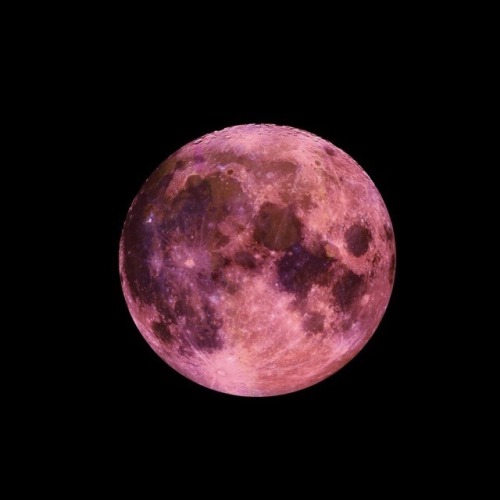
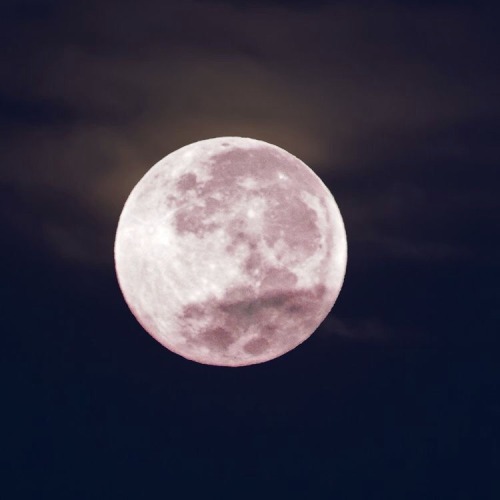
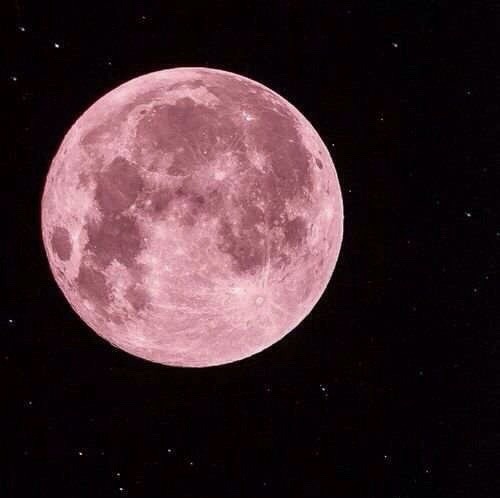
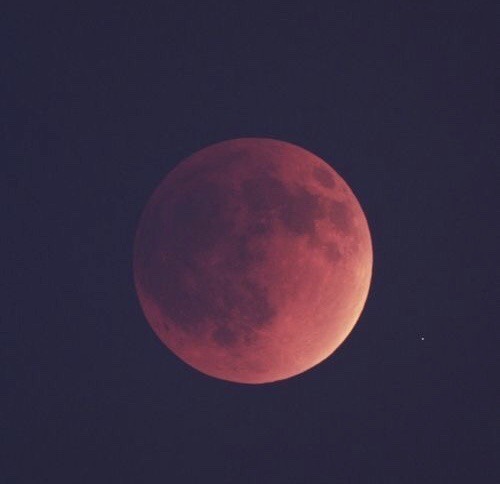
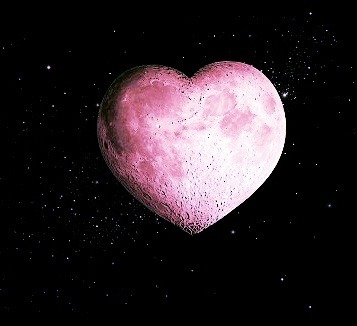
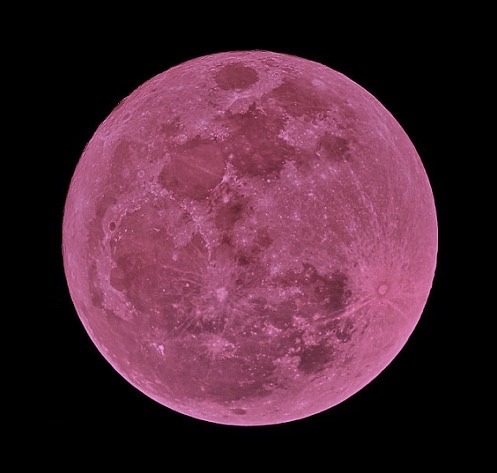


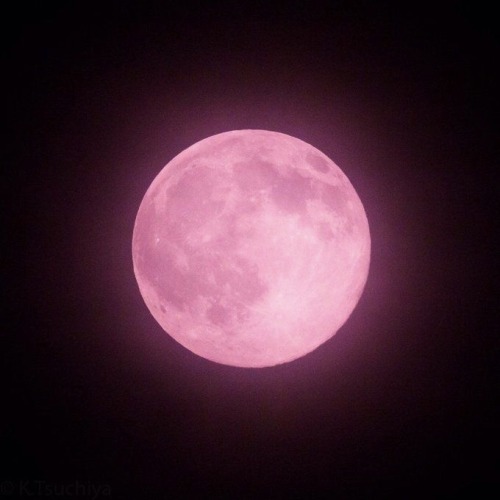
the moon is a loyal companion
-
 madicity reblogged this · 2 years ago
madicity reblogged this · 2 years ago -
 mymatblue reblogged this · 3 years ago
mymatblue reblogged this · 3 years ago -
 homoeroticaesthetica reblogged this · 4 years ago
homoeroticaesthetica reblogged this · 4 years ago -
 drackolyte reblogged this · 4 years ago
drackolyte reblogged this · 4 years ago -
 otaku-tactician liked this · 4 years ago
otaku-tactician liked this · 4 years ago -
 cosmic-crow444 liked this · 4 years ago
cosmic-crow444 liked this · 4 years ago -
 cyanocoraxx reblogged this · 4 years ago
cyanocoraxx reblogged this · 4 years ago -
 halaalff reblogged this · 4 years ago
halaalff reblogged this · 4 years ago -
 aaaaaaaa55a liked this · 4 years ago
aaaaaaaa55a liked this · 4 years ago -
 tur-ki reblogged this · 4 years ago
tur-ki reblogged this · 4 years ago -
 sidusglacies reblogged this · 4 years ago
sidusglacies reblogged this · 4 years ago -
 hisaku reblogged this · 4 years ago
hisaku reblogged this · 4 years ago -
 tierradefuego reblogged this · 4 years ago
tierradefuego reblogged this · 4 years ago -
 fuckbouteverything reblogged this · 4 years ago
fuckbouteverything reblogged this · 4 years ago -
 zvoxo reblogged this · 4 years ago
zvoxo reblogged this · 4 years ago -
 tryptamine-queen reblogged this · 4 years ago
tryptamine-queen reblogged this · 4 years ago -
 welcome2khaos liked this · 4 years ago
welcome2khaos liked this · 4 years ago -
 ovejarasss liked this · 4 years ago
ovejarasss liked this · 4 years ago -
 trastiempos reblogged this · 4 years ago
trastiempos reblogged this · 4 years ago -
 trastiempos liked this · 4 years ago
trastiempos liked this · 4 years ago -
 cosmicary reblogged this · 4 years ago
cosmicary reblogged this · 4 years ago -
 barel-y-ther-e reblogged this · 4 years ago
barel-y-ther-e reblogged this · 4 years ago -
 barel-y-ther-e liked this · 4 years ago
barel-y-ther-e liked this · 4 years ago -
 cybertranquxl liked this · 4 years ago
cybertranquxl liked this · 4 years ago -
 malfestio-gunlance reblogged this · 4 years ago
malfestio-gunlance reblogged this · 4 years ago -
 help69 liked this · 4 years ago
help69 liked this · 4 years ago -
 nonpathogenics reblogged this · 4 years ago
nonpathogenics reblogged this · 4 years ago -
 thlastofus reblogged this · 4 years ago
thlastofus reblogged this · 4 years ago -
 lunadevianna reblogged this · 4 years ago
lunadevianna reblogged this · 4 years ago -
 lunadevianna liked this · 4 years ago
lunadevianna liked this · 4 years ago -
 le1epic1lol liked this · 4 years ago
le1epic1lol liked this · 4 years ago -
 champagne-capri reblogged this · 4 years ago
champagne-capri reblogged this · 4 years ago -
 moominsaima liked this · 4 years ago
moominsaima liked this · 4 years ago -
 rainbowflesh reblogged this · 4 years ago
rainbowflesh reblogged this · 4 years ago -
 nivala79 reblogged this · 4 years ago
nivala79 reblogged this · 4 years ago -
 so-m-a liked this · 4 years ago
so-m-a liked this · 4 years ago -
 happiness-or-flashiness reblogged this · 4 years ago
happiness-or-flashiness reblogged this · 4 years ago -
 modernomens reblogged this · 4 years ago
modernomens reblogged this · 4 years ago -
 sperberb liked this · 4 years ago
sperberb liked this · 4 years ago -
 cold-corsage reblogged this · 4 years ago
cold-corsage reblogged this · 4 years ago
